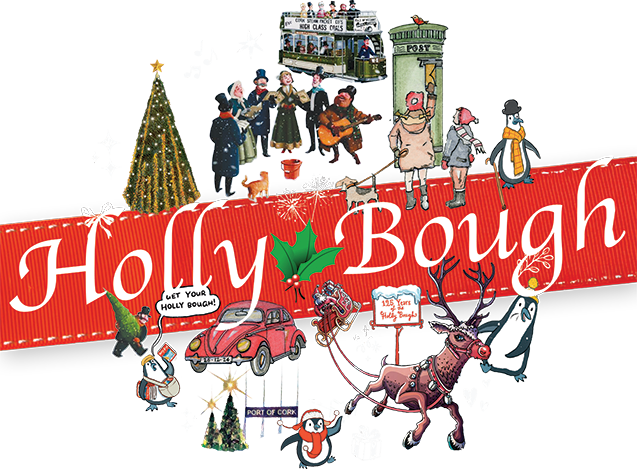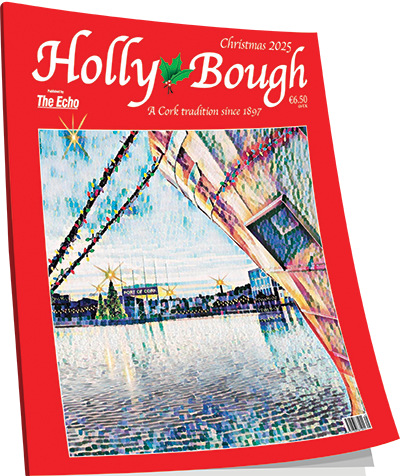An era when forges were both a workplace and meeting place
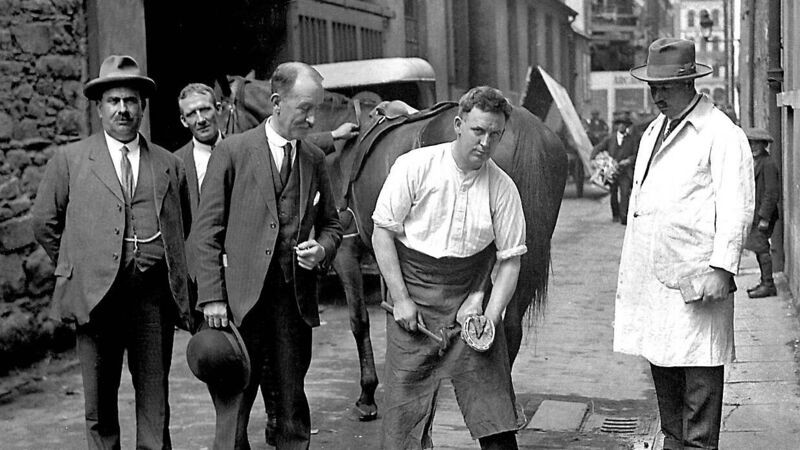
Forgery of course is what’s in their heads and ’tis no wonder because the forge as I knew it has disappeared.
So much of ‘the things of my youth’ have disappeared but then I suppose change is inevitable, time moves on, tempis fugit, etc. Sin é, mar a deirtear, ‘time and tide wait for no man -or woman either’. And so I look back, not with rose-tinted glasses, but with glancing eyes that view the passage of time as a journey we’re all on.
Of course, the need for them was not confined to rural areas - Forge Lane in Fermoy tells its own story and I can recall an in-law of mine working in a little forge in the middle of Bantry not that many decades ago.
Operations like going to the creamery with the churns of milk, ‘taking the sow to the boar’ or the cow to the bull’ all resonate and bring thoughts of the way things were. I’m not crying over spilt milk or yearning for the old days and the old ways, yerra no, simply reflecting on changes I have seen.
In the next few months, a major road realignment is to take place at a cross of four roads not far from us - at Leary’s Cross on the road from Rathcormac to Conna, or ‘the Tallow Road’ as most old-timers round here used to call it.
The Talllow road is crossed by the route from Dungourney to Castlelyons and the Cross has been the scene of numerous accidents over the years. Between bad weather and bad ‘views’, Leary’s Cross has a poor safety record and the county council are planning to make it safer for drivers of the future.
No-one I asked could tell me a bit at all about the Leary family who gave the place its name. Though Leary’s Cross is known far and wide, ’tis O’Connell’s are the family most associated with the place. I can recall O;Connell’s thatched pub and I growing up in the 1960s. There were two or possibly three bachelor brothers there running the pub, grocery shop, hardware store and farm. It was a thatched public house and got burnt accidentally in the early 1970s - the O’Connell’s were all gone by then.
A young British soldier was killed nearby in what was called the ‘Leary’s Cross Ambush’ in December, 1920. The recently-formed local IRA Flying Column waited for a truck- load of soldiers to come into sight as they travelled from the Tallow side. The soldiers that surrendered were disarmed and, according to local lore, were ‘treated’ to a drink in Connell’s pub before being released!
The next day, a force of Black and Tans and Auxiliaries called to Din Connell and demanded he tell them the names of those in charge of the IRA Column - and ‘hey mate, who bloomin’ well ordered the drink yesterday’- Connell said they were all strangers to him!
As you go up the hill to Kilcor, on the left hand side of the crossroads stood the little forge of the O’Callaghan family. John and Denis (Dinny) Callaghan were both blacksmiths, as was their father Denis before them. Their sister Hannah married John Bowdren, a stonemason from Rathcormac.
Fine strong men were the two Callaghans. They never had a clock or a watch supposedly. They used the daylight and darkness as their ‘timepiece’.
In winter, when the mornings were dark, they might rise at 8am and have smoke rising in the forge maybe an hour later. They’d work away then til darkness came, that might be 4pm coming up to Christmas. Winter was a quieter time on farms so fewer horses would need shoes.
Summer, of course, saw farmers with horses to be shod and mowing machines and reaper and binders to be repaired - a busy time indeed. So then the Callaghan brothers might rise at first light - maybe 6.30 - and the forge fire would be blazing by 8am. Depending on business they could work away ’til late into the evenings - as long as daylight lasted.
So life went on at Leary’s Cross and the forge - year in, year out. As in most places, there were a few ‘fly boys’ around Castlelyons, who did a bit of caffling - you wouldn’t call it ‘anti-social behaviour’ really, more playing tricks.
Well, John and Dinny had retired to bed one night and didn’t ‘the boys’ blacken the only two windows in the house - probably with a mixture of soot and lard. So with no morning sunbeams to wake them, the two brothers slept on and slept on!
One of the activities synonymous with forges was welding - joining two objects together, usually metal, so a link between the forge and marriage was fairly obvious. For more than two centuries, ‘irregular’ marriages were solemnised in Gretna Green in ‘lawless’ Scotland with vows being exchanged over the anvil. The practise of jumping the anvil three times was kind of ‘to be sure, to be sure’ when it came to getting married.
Paddy Ahern, or ‘Fagin’ as he was known around here, was one of the happiest and contented people I ever knew. He was forever laughing and smiling and, despite being reared in an Institution, he never seemed to complain. While serving an apprenticeship as a sledger in Roches forge at Kaime in Bartlemy, Fagin jumped over the anvil three times with a local woman and claimed he was married to her ‘fair and square’ - the only ‘problem’ was, however, that this particular lady was already married with a family by the time she was ‘forged’ with Fagin!
In days of yore, the forge was the equivalent of social media of modern times. Especially on winter evenings, it was a gathering and meeting place where news was parsed, analysed and spread. Just as the creamery in later years was the hub for meeting and greeting, the forge played a vital role in the fabric of Irish life. Matches were made and hurling games were ‘replayed’ as locals gathered the news, both good and bad.
Few physical locations have had more poems written about them than the humble forge of the blacksmith. Of all these poetic lines, few can better Seamus Heaney’s The Forge.
Any time I pass through Leary’s Cross, I think of the ‘Rip Van Winkle’ Callaghan brothers and their long sleep! Of course, ‘twas one of the Blacksmith Roches of Bartlemy that was married four times - he was widowed four times and reputedly said later “Between marrying ‘em and burying ‘em I had very little out of them”!
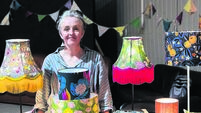

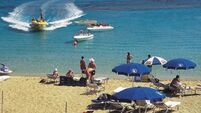
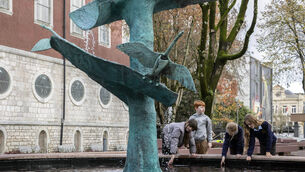



 App?
App?

